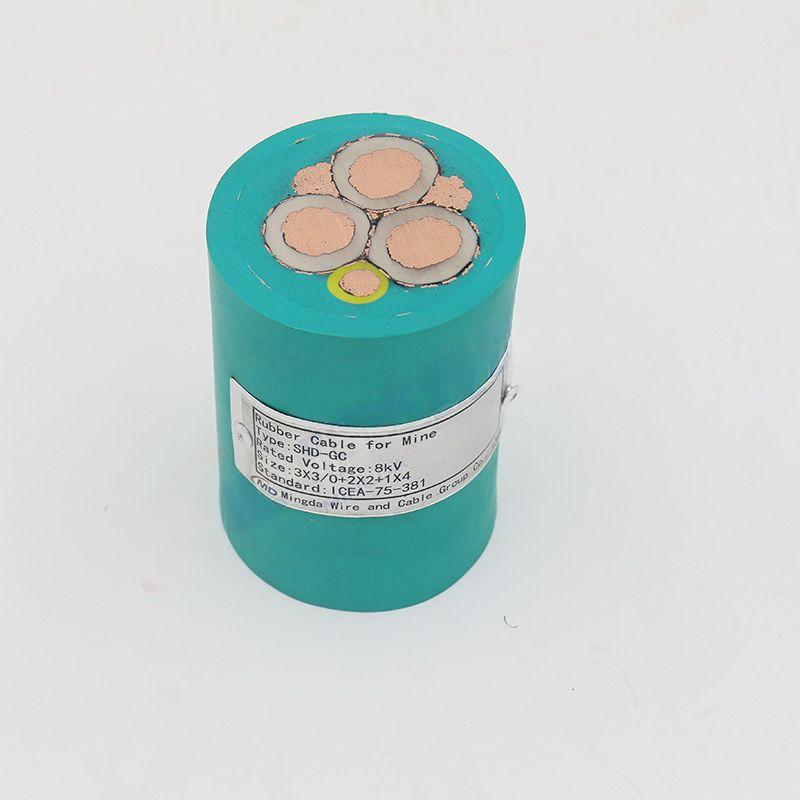11 月 . 04, 2024 19:27 Back to list
Sewage Ventilation System with Efficient Air Release Valves for Optimal Performance
Understanding Sewage Air Release Valves Functionality, Importance, and Maintenance
Sewage air release valves play a crucial role in the effective management of wastewater systems. When dealing with sewage systems, the movement of wastewater occurs mainly through gravity flow in pipes. However, as waste travels through these pipelines, air can become trapped within the system, creating pressure build-up. This is where air release valves become invaluable.
What Are Sewage Air Release Valves?
Sewage air release valves are designed to automatically release air that accumulates in wastewater pipelines. They serve two key purposes preventing pressure build-up and allowing air to enter the pipeline when wastewater flows begin, thereby maintaining optimal hydraulic conditions. Typically used in force mains and gravity sewer systems, these valves ensure that the system operates efficiently and prevents air-related issues that could lead to costly repairs and environmental hazards.
Importance of Air Release Valves
The significance of air release valves cannot be overstated. One of the primary functions they fulfill is preventing the formation of air pockets within sewer lines. When air pockets form, they can obstruct the flow of wastewater, potentially causing backups and overflows. Furthermore, excessive pressure can lead to pipe ruptures, which not only poses health hazards due to the possible spillage of sewage but can also result in expensive repair costs and lengthy service interruptions.
Moreover, sewage air release valves contribute to better odor control. Accumulated gases, including methane, can build up in pipelines and, if not released appropriately, can lead to unpleasant odors in nearby areas. Properly functioning air release valves help mitigate this issue, improving the overall sanitation and comfort of the surrounding environment.
Types of Sewage Air Release Valves
sewage air release valve

There are generally two types of air release valves used in sewage applications automatic and manual valves. Automatic air release valves function without the need for human intervention. They are designed to open and close as needed, responding to changing pressure conditions within the sewer system. These valves are equipped with a float mechanism that determines when to release trapped air based on the liquid levels in the pipe.
On the other hand, manual air release valves require operators to release air by hand. These are typically used in specific situations where automatic operation may not be possible or practical. While manual valves offer control, they necessitate routine checks and maintenance to ensure they function properly.
Maintenance of Sewage Air Release Valves
Like any mechanical device, sewage air release valves require regular maintenance to ensure optimal performance. It is essential to carry out inspections to check for signs of wear, corrosion, or blockage. Regular cleaning is necessary to remove any debris that may hinder the valve's operation.
Furthermore, it is advisable to test the valve's functionality periodically by activating it to ensure that it opens and closes properly. By taking a proactive approach to maintenance, potential issues can be identified early, preventing costly repairs and ensuring a reliable sewage system.
Conclusion
In conclusion, sewage air release valves are a vital component in the management of wastewater systems. They prevent pressure build-up, reduce the risk of sewage backups, and contribute to effective odor control. With various types available, selecting the right valve for specific applications is important.
Routine maintenance is also essential to ensure they operate effectively and efficiently. As urban populations continue to grow, the importance of effective sewage management will become increasingly critical, making a comprehensive understanding of sewage air release valves fundamental for municipal planners and engineers. By prioritizing the installation and maintenance of these valves, cities can protect public health and the environment while ensuring a reliable wastewater management system.
Share
-
Understanding the Differences Between Wafer Type Butterfly Valve and Lugged Butterfly ValveNewsOct.25,2024
-
The Efficiency of Wafer Type Butterfly Valve and Lugged Butterfly ValveNewsOct.25,2024
-
The Ultimate Guide to Industrial Swing Check Valve: Performance, Installation, and MaintenanceNewsOct.25,2024
-
Superior Performance with Industrial Swing Check Valve: The Essential Valve for Any SystemNewsOct.25,2024
-
Industrial Swing Check Valve: The Ideal Solution for Flow ControlNewsOct.25,2024
-
You Need to Know About Industrial Swing Check Valve: Functionality, Scope, and PerformanceNewsOct.25,2024